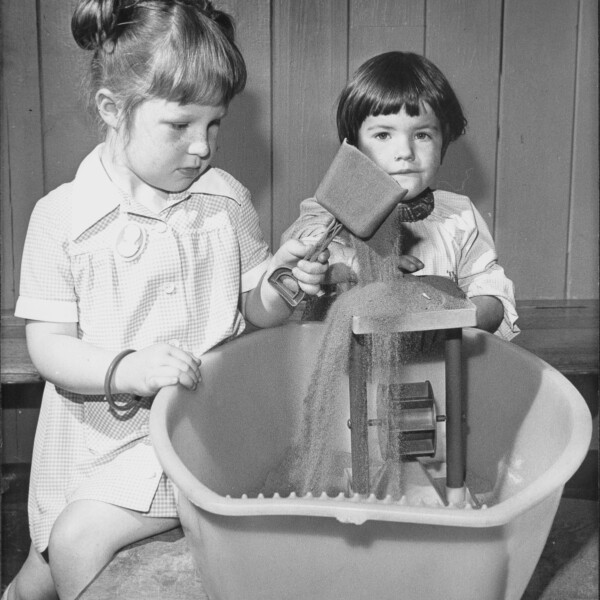Coade Stone Pillars
Three Coade Stone pillars create a dramatic focal point for the new Community Garden (former paddling pool) at the junction of John Street and the Promenade. Restoration and re-erection of the pillars was completed in August 2008. The Community Garden was designed by Marta McGlynn Associates for the City of Edinburgh Council as a setting for the pillars, following a successful bid to the Heritage Lottery Fund by Portobello Amenity Society for restoration of the pillars.
The Lottery grant of £49,700 together with contributions of £2,400 each from Portobello Amenity Society and Portobello Community Council, paid for the cleaning, repair and re-construction of the pillars by Graciela Ainsworth and her team of stone conservators. The Council paid for the foundations and internal metal supports for the pillars and will be responsible for their maintenance.
Coade-related events funded by the Heritage Lottery included a display in Portobello library, a children’s competition and a talk about the pillars.
This project is a good example of what can be achieved by co-operation between local volunteers, specifically Portobello Amenity Society, Portobello Community Council and Portobello History Society and various departments of the City of Edinburgh Council.
The first photograph shows from L to R, Alison Robinson, Celia Butterworth and John Stewart (Portobello Amenity Society); Margaret Munro and Archie Foley (Portobello History Society).
Students of the Alternative Education Dept. of Portobello High School, the after-school club in the Orcadia Learning Centre and children at a party on the Promenade in August 2006 have all benefited from Alison’s expertise in making art pieces in modern Coade.
Coade Stone is named after Eleanor Coade (1773 – 1821) who developed this artificial stone by mixing quartz sand, fired clay, flint and glass, all finely ground and mixed with sticky clay to form a Clay Paste which could be press-moulded and fired in a pottery kiln to produce a stone resistant to weather and pollution.
The Toddlers’ Hut
The Railway around Portobello and Joppa
Portobello’s Plaques
![]()




